This is a Matlab implementation of the Efros-Leung algorithm for texture synthesis by non-parametric sampling. For details about the algorithm, see the original paper.
The following is an example of how the synthesize_texture function is used (from synthesize_texture_test.m):
input_image = im2double(imread('161.png'));
output_image = synthesize_texture(input_image, 256, 256, 9);
imwrite(output_image, 'result.png');The parameters of synthesize_texture are as follows:
function output_image = synthesize_texture(input_image, output_rows, output_cols, window_size)input_image: the image containing a sample of the texture to synthesizeoutput_rows: the desired number of rows in the synthesized imageoutput_cols: the desired number of columns in the synthesized imagewindow_size: the side length of the window used to scan across the input image to look for patches that most closely match the region that is being synthesized
output_image: an (output_rows x output_cols) image containing the synthesized texture
| Input | Output | Window Size |
|---|---|---|
 |
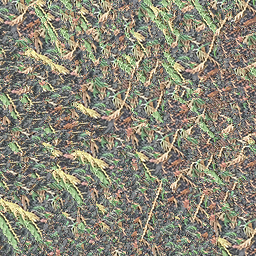 |
15 |
 |
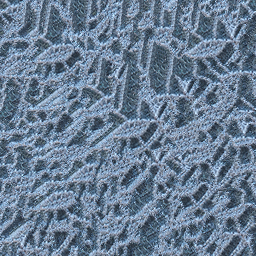 |
15 |
 |
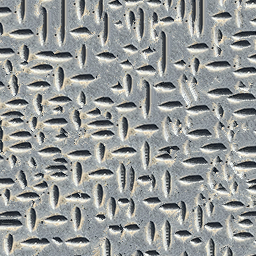 |
15 |
 |
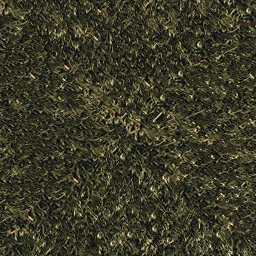 |
9 |
| Input | Output | Window Size |
|---|---|---|
 |
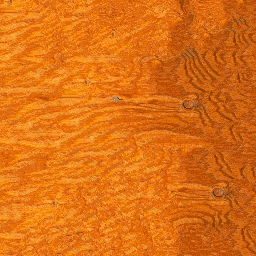 |
15 |
 |
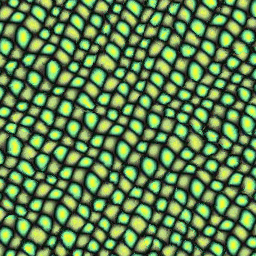 |
15 |
 |
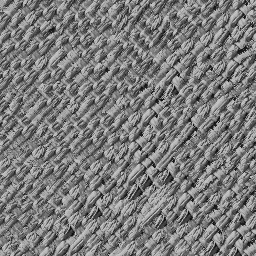 |
21 |
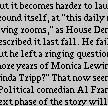 |
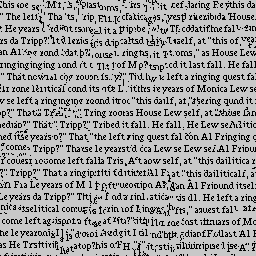 |
21 |
The examples folder contains two subfolders, ClassicTextures and MyTextures. ClassicTextures
contains examples of this implementation used on some of the texture samples that were used in the
original Efros-Leung paper. MyTextures contains examples that use my own texture samples.
For each example, the input file is named after the material pictured, and the corresponding output file contains the name of the input file, plus "result" and "window," followed by the window size used for that example. For example, input file "bark1.png" has output file "bark1_result_window_9.png" which shows that the window size is 9.
In order to handle both grayscale and colour images with the same code, this implementation stacks channels vertically, so that calculations are always performed using only column vectors.
In this script, the candidate patches are converted to the stacked representation at the start, and are kept that way for all the distance computations. When looking at an individual pixel to synthesize, the neighbourhood about that pixel is reshaped into a single column with channel stacking, and is replicated as many times as there are candidate patches. It is important to note that even when there are multiple colour channels, the mask showing which pixels have been filled is still two-dimensional. The mask applies across all colour channels, so in order to vectorize the code, the mask is replicated vertically as many times as there are channels:
mask_vec = repmat(mask_vec, size(candidates, 3), 1);